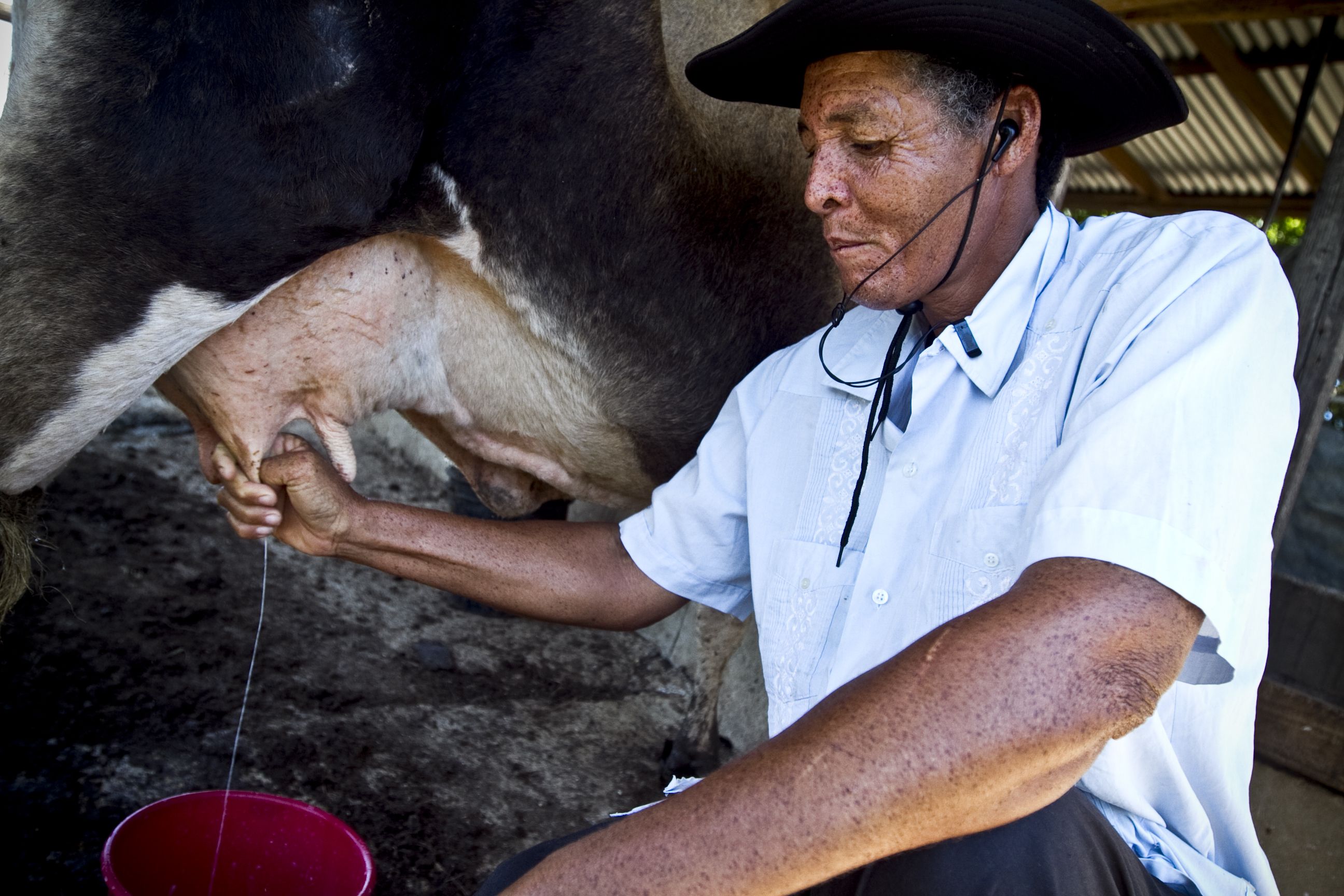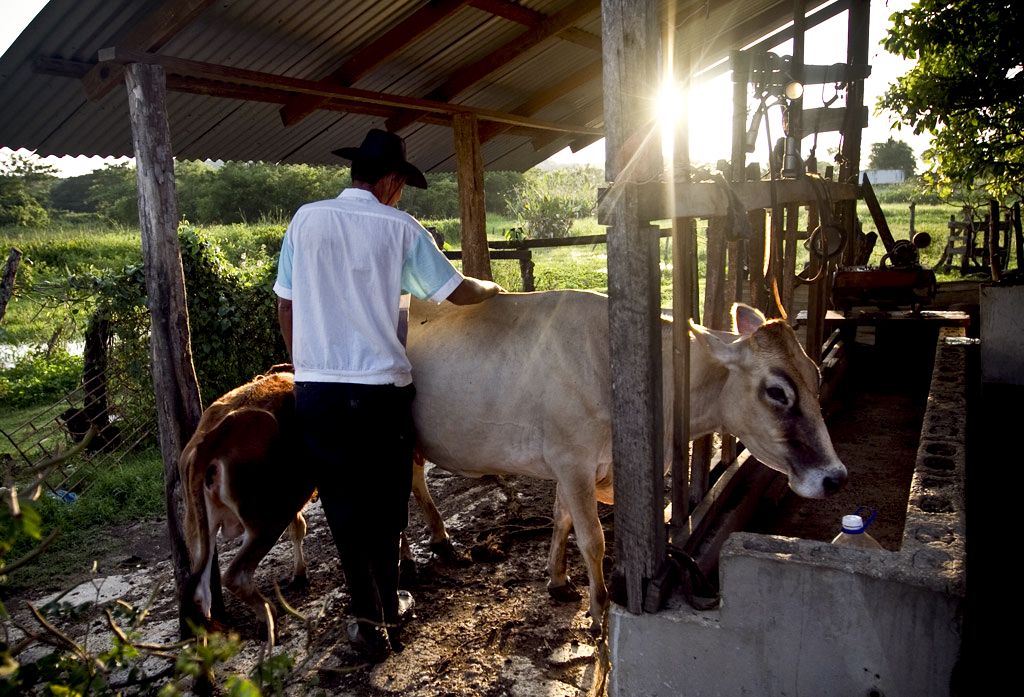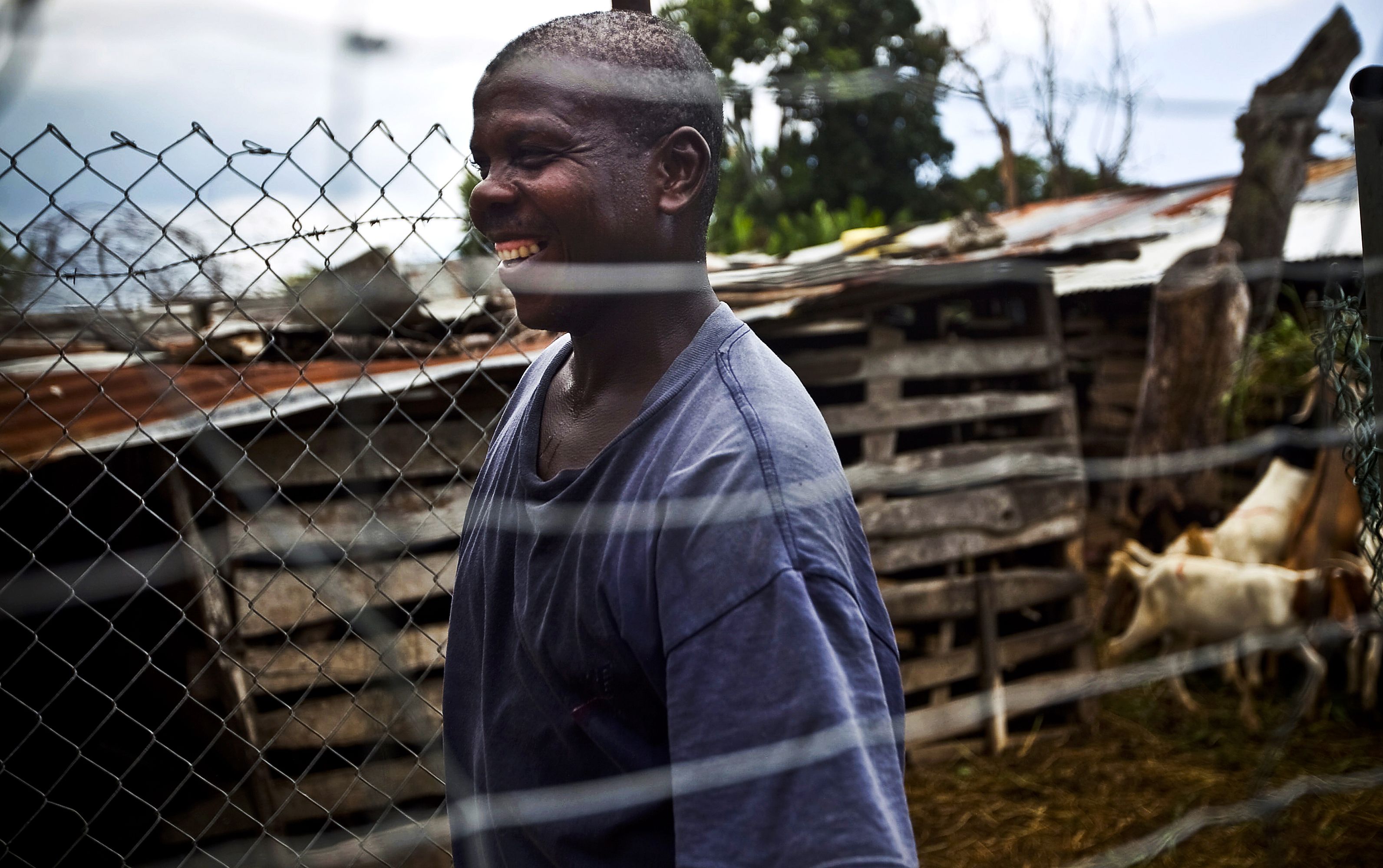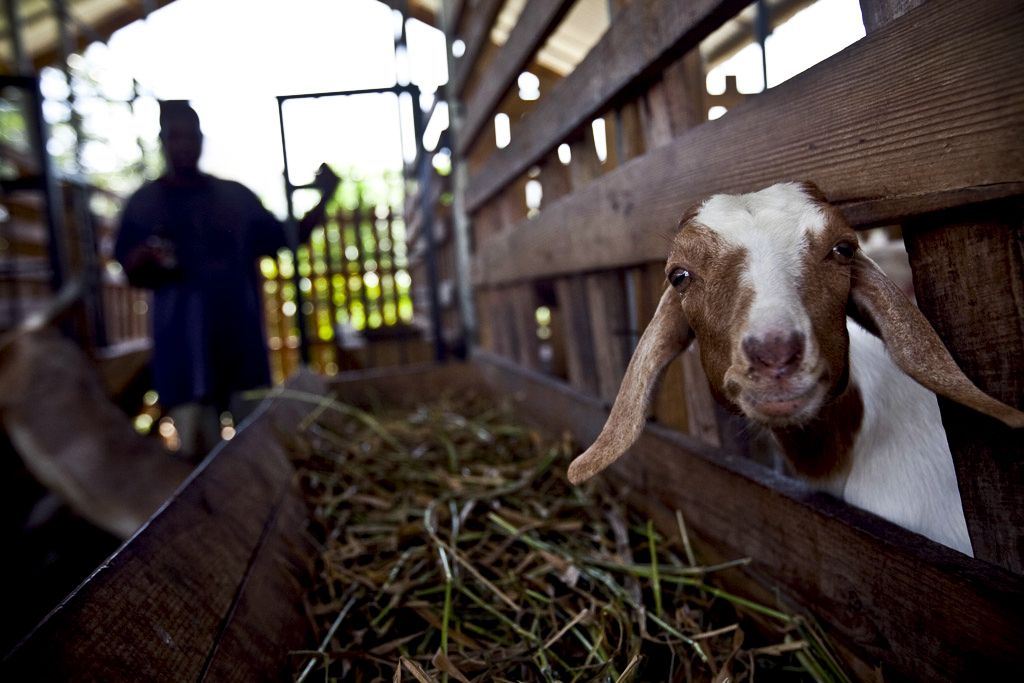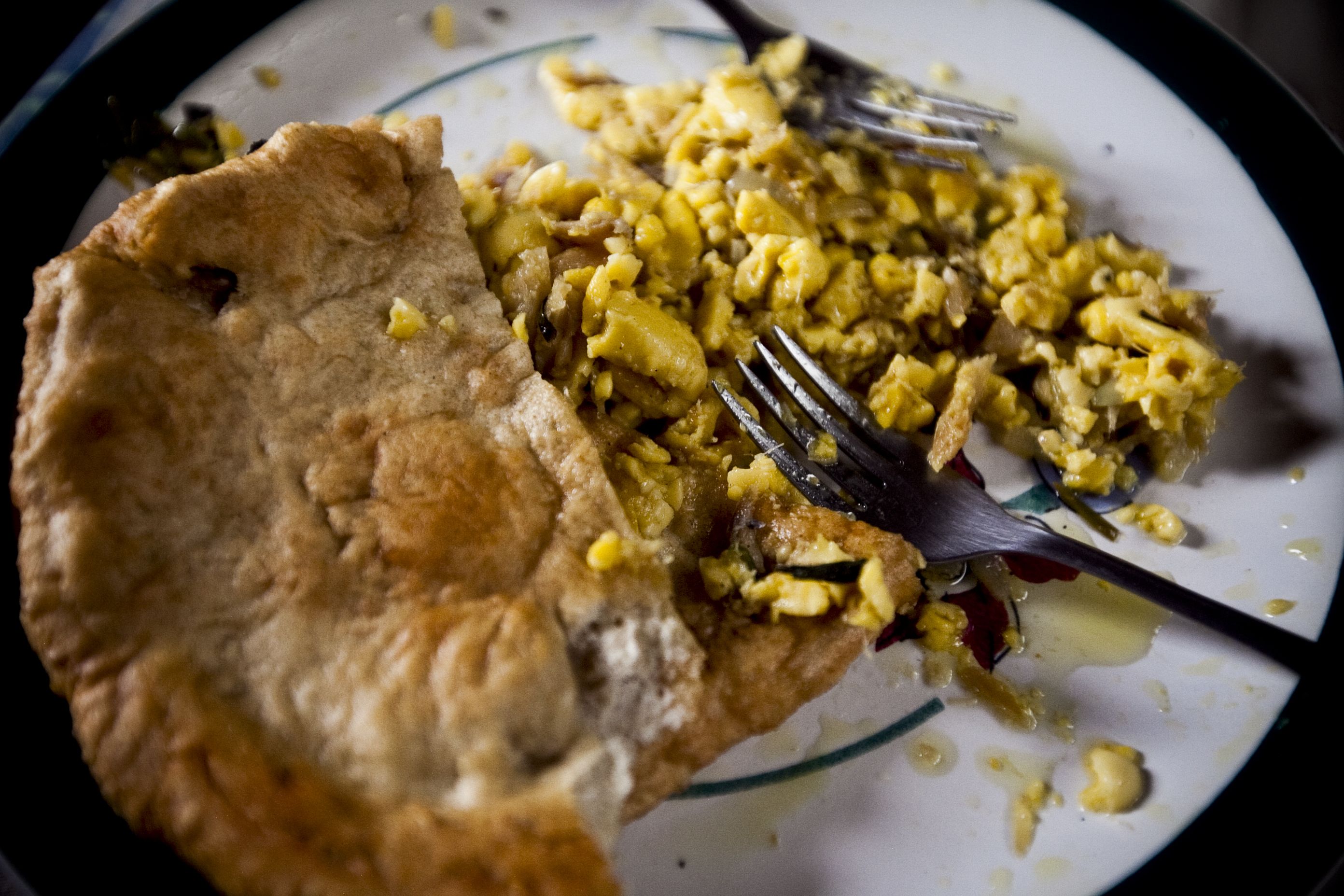In Jamaica there is a paradox: although the country has an abundant supply of fish, fruits and vegetables, its farmers are struggling to find financial success.
Cheap imported products are driving down costs and making local food production unprofitable. With nearly a fifth of working Jamaicans employed in the agriculture sector, the country has a lot at stake. Some, like dairy farmer Oral Rayson, have been forced to sell off their livestock and look for other work because they can't compete with the lower prices of foreign products.
What's more, Jamaicans spend about half of their income on food. Economists are worried that Jamaicans are increasingly vulnerable to fluctuations in the global marketplace as they rely more and more on foreign production of food.
Closing the doors on imported products is a complicated matter, in part because Jamaica's debt relief agreements bind the country to strict trade liberalizing policies. Jamaican political leaders are looking for ways to grow the agriculture economy and have drafted a comprehensive national development plan called "Vision 2030 Jamaica," which includes big plans for farming. Food security is a now a national priority.

